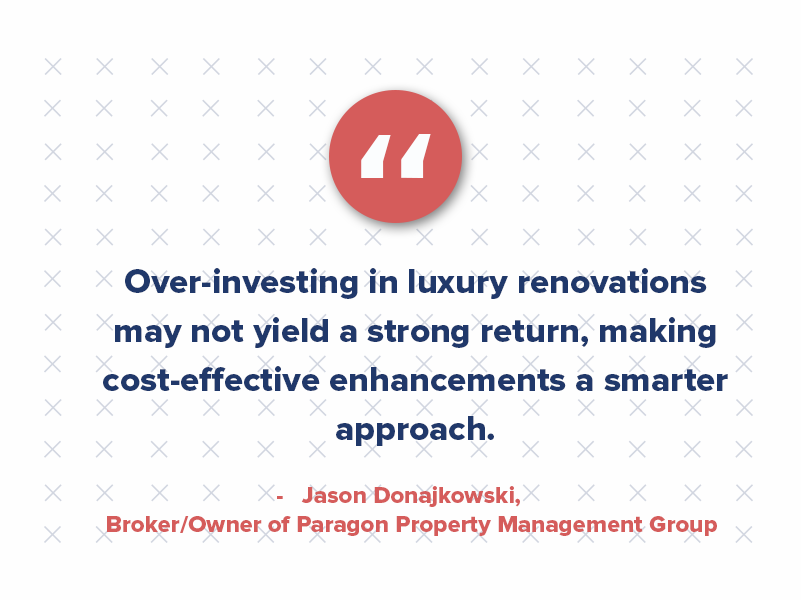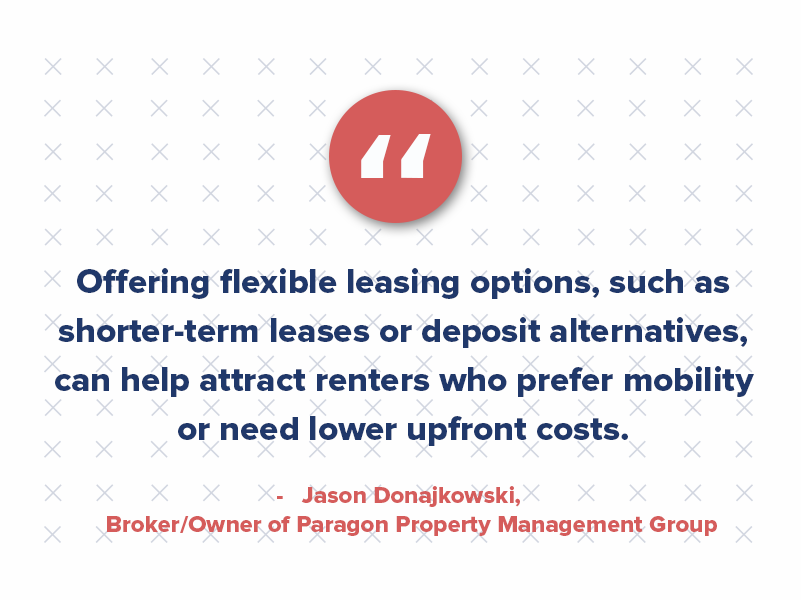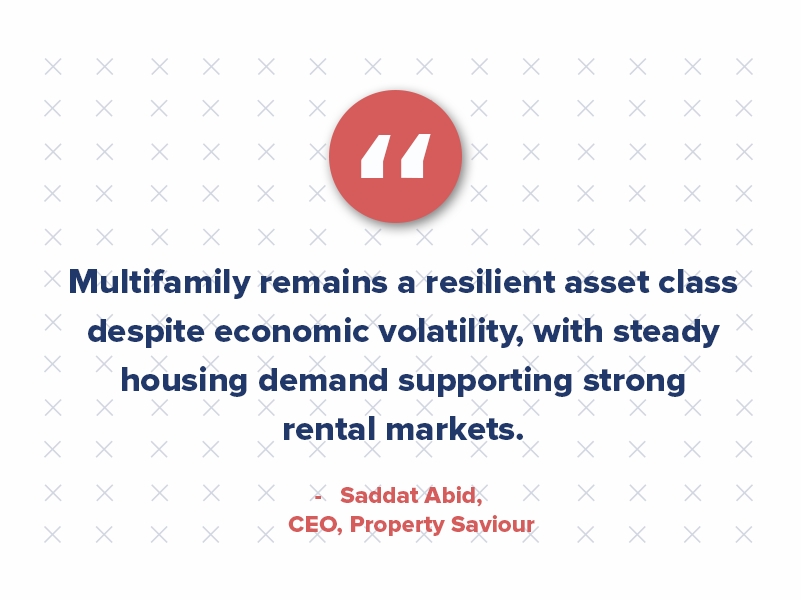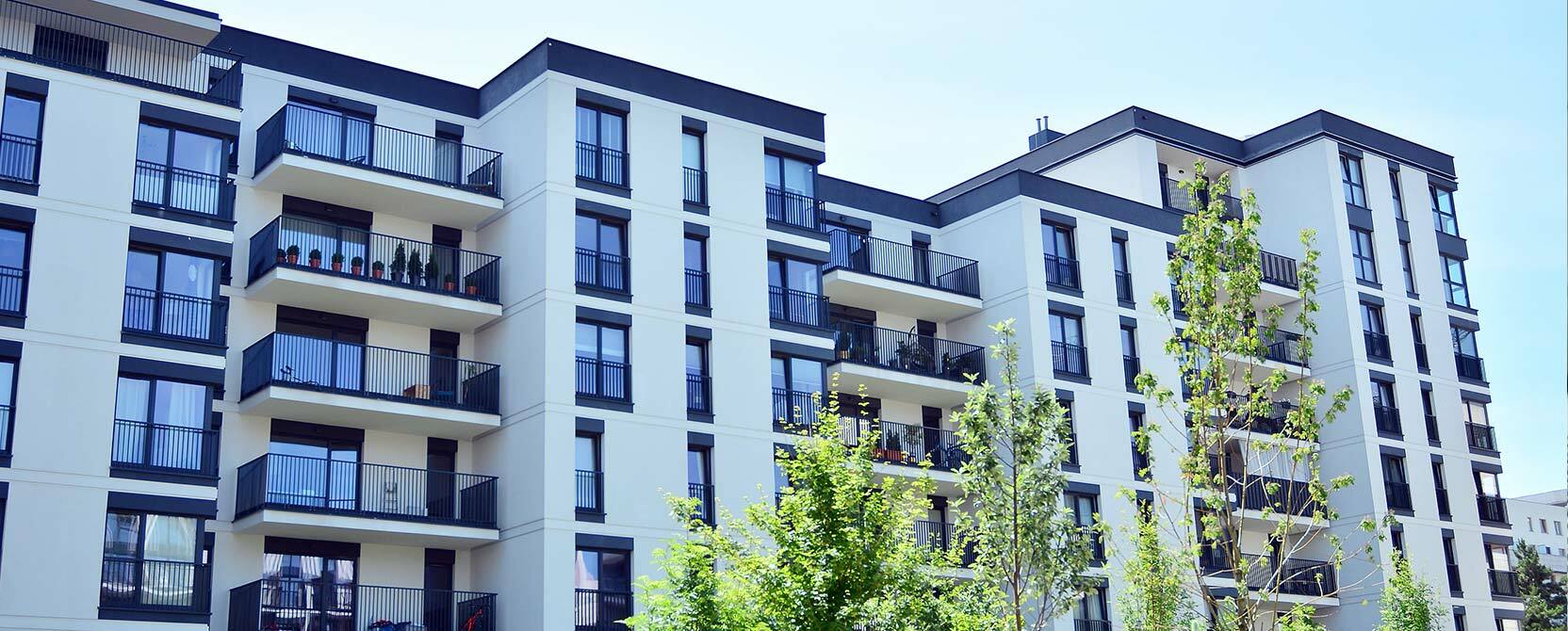Renting Smarter: Adapting to the New Affordability Landscape
The multifamily market is at a turning point. As a surge of new, high-end Class A apartment developments hit the market, we’re seeing a domino effect reshaping affordability and strategy across the industry.
While the influx of luxury units may seem like a win for renters seeking premium amenities, it’s creating a ripple that impacts far more than the top tier.

In reality, this trend is compressing rents across Class A, B, and even C properties, reshuffling renter expectations and forcing owners and operators to adapt in real time.
This reshuffling is “forcing owners of Class B and C properties to adapt to shifting demand and pricing pressures,” said Jason Donajkowski, Broker/Owner of Paragon Property Management Group. High-end buildings are aggressively offering lease-up concessions, and that means renters, many of whom would typically gravitate toward Class B housing, are now lured by discounted luxury.
The Realignment of Renter Expectations
The impact is clear: residents who once viewed Class A as aspirational now see it as accessible. In many high-growth metros, the rent gap between new Class A and older Class B properties has shrunk. As a result, Class B operators are forced to drop prices or sweeten incentives, cascading further into the Class C market. This creates a short-term gain in affordability for renters, but a long-term strategic challenge for operators.
The question becomes: how can owners maintain occupancy, protect NOI, and continue to stand out in a saturated, value-conscious market?
1. Smart Investments Over Luxury Overhauls
To stay competitive, many multifamily owners are turning to strategic, value-add renovations. But these improvements must be cost-effective. “Targeted upgrades that enhance appeal without excessive spending are key,” said Donajkowski. Think updated appliances, modernizing kitchens, smart home tech, or refreshed landscaping — not full-scale luxury transformations.

Oliver Morrisey, owner and director of Empower Wills & Estate Lawyers, echoes this sentiment from his own experience. “We updated kitchens and bathrooms in a few units and gave the common areas a fresh look,” he shared. “These changes helped attract better tenants and fill vacancies faster.”
2. Incentives That Work Harder Than Discounts
Incentives are another effective tool in this new market dynamic. “Offering strategic incentives such as move-in specials or flexible lease terms can help attract tenants without permanently lowering rents,” said Parker McInnis, Owner of Speedy Sale Home Buyers.
“Owners and operators should consider perks like free parking spaces, gym memberships, or discounted rent for long-term leases,” said John Medina, CEO of John Medina Buys Houses. “These types of value-adds can tip the scales in your favor when renters are choosing between properties.”

3. Differentiate With Experience and Service
In a competitive market, operational excellence is the new luxury. “Superior customer service is key,” said Steve Fleurant, CEO of Clair Services. “Some IT upgrades can contribute to customer experiences and lead to better retention.”
For Class B and C properties, the renter experience may be the biggest differentiator. “Offer unique amenities like co-working spaces, smart tech, or sustainable features,” said Ryan Nelson, founder of PropertyBuild. “And tailor your marketing to specific demographics such as young professionals or remote workers.”
4. Balancing Tech, Efficiency, and Human Touch
Technology is another way to remain nimble without overspending. Property owners can reduce operational costs and stay agile in changing market conditions, from dynamic pricing tools to energy-efficient upgrades.
Anupa Rongala, CEO of Invensis Technologies noted, “Moving into 2025 and beyond, success will hinge on agility leveraging dynamic pricing models that respond to real-time market conditions, optimizing operational efficiencies, and investing in targeted property enhancements. Rather than engaging in a race to the bottom with rent reductions, owners should focus on value-driven differentiation.”
5. Stay Grounded in What Renters Really Want
Finally, focus on what your renters are actually asking for — often, it’s value, flexibility, and trust.
“Investors should prioritize sustainable upgrades and personalized experiences,” advises Saddat Abid, CEO of Property Saviour. “This not only boosts NOI but enhances property appeal and tenant satisfaction.”

Looking Ahead
The multifamily industry isn’t immune to the growing pains of increased development. But owners and operators can remain competitive and even thrive by leaning into smarter, more personalized strategies — value-added upgrades, operational efficiency, and renter-focused amenities.
As market-rate affordability continues to evolve, staying grounded in renter needs and embracing agile strategies will be the key to long-term performance and resilience across all asset classes.




